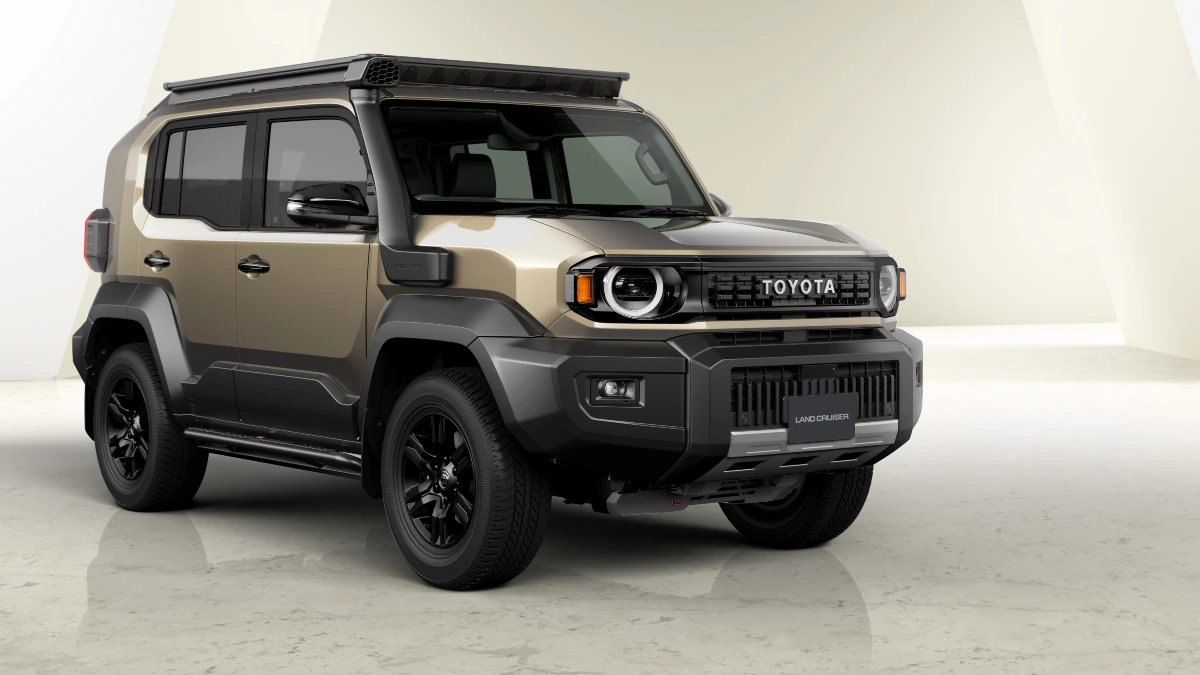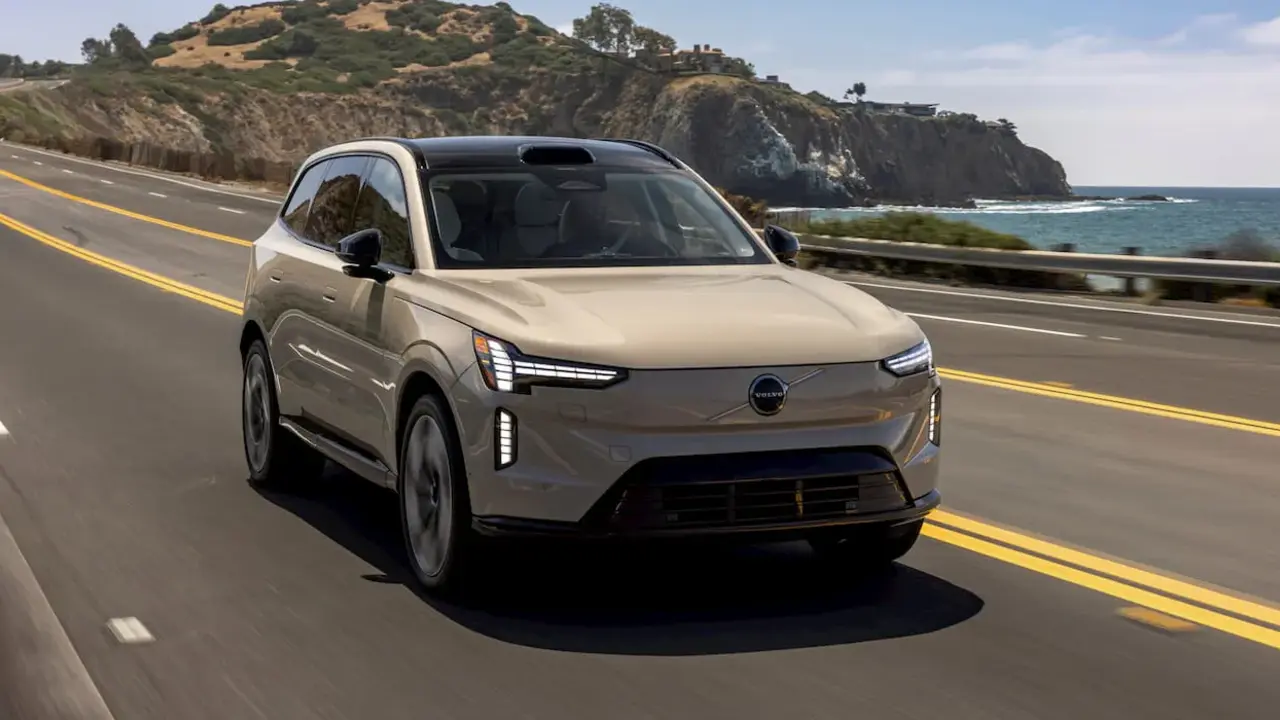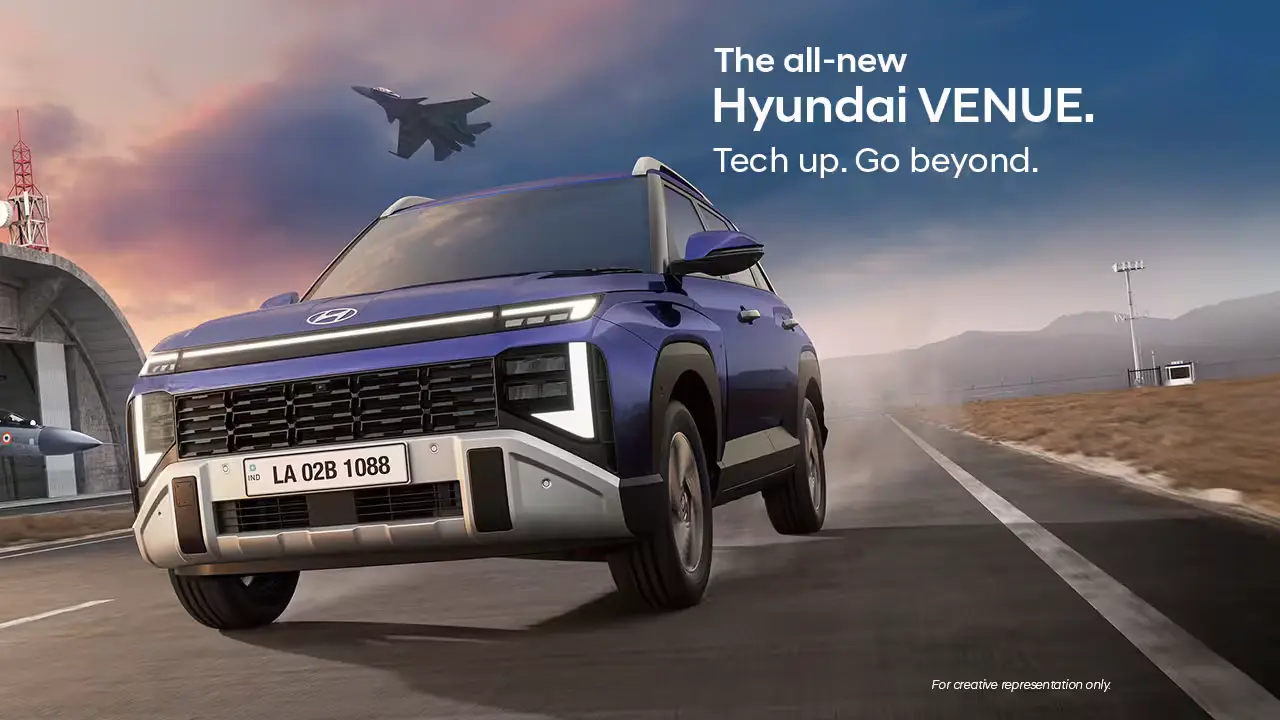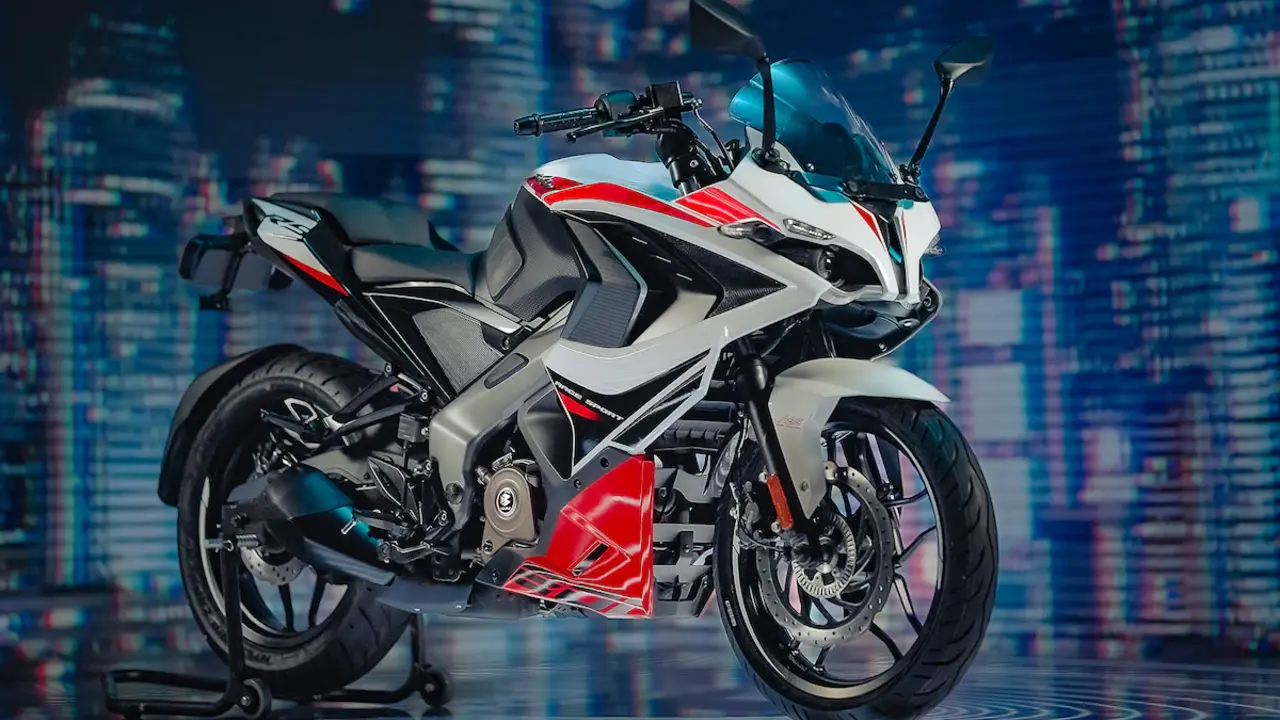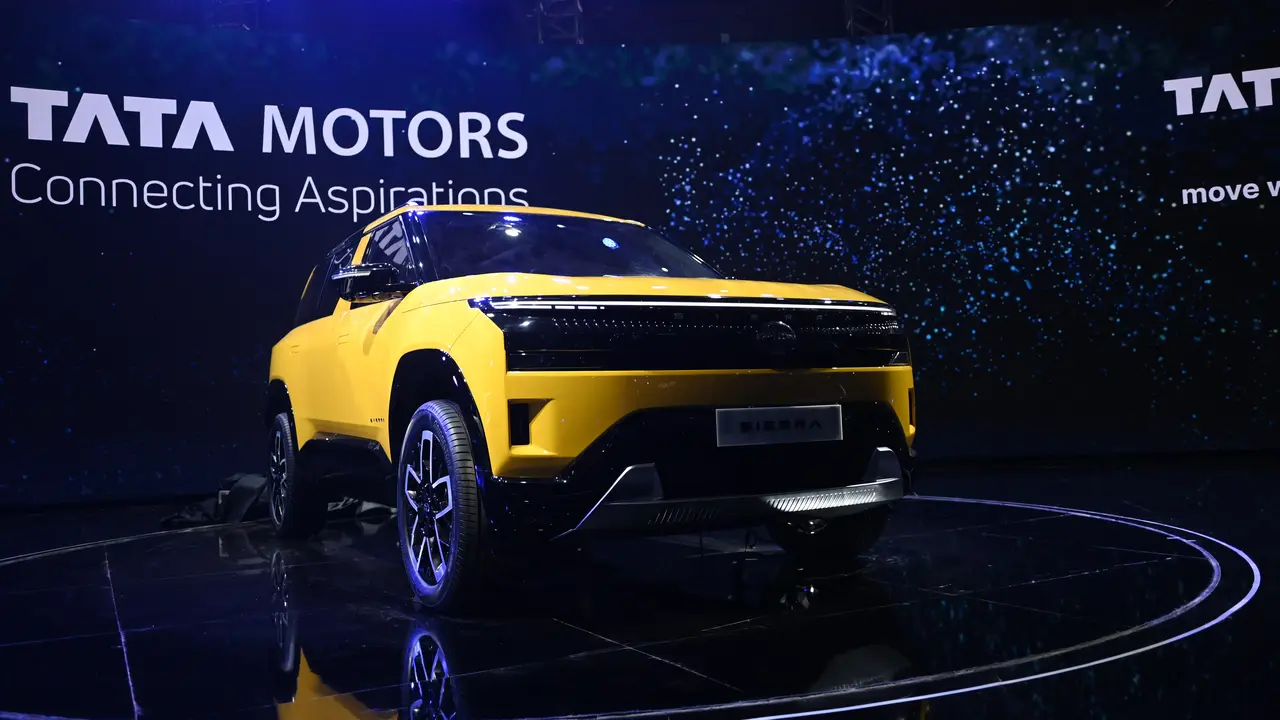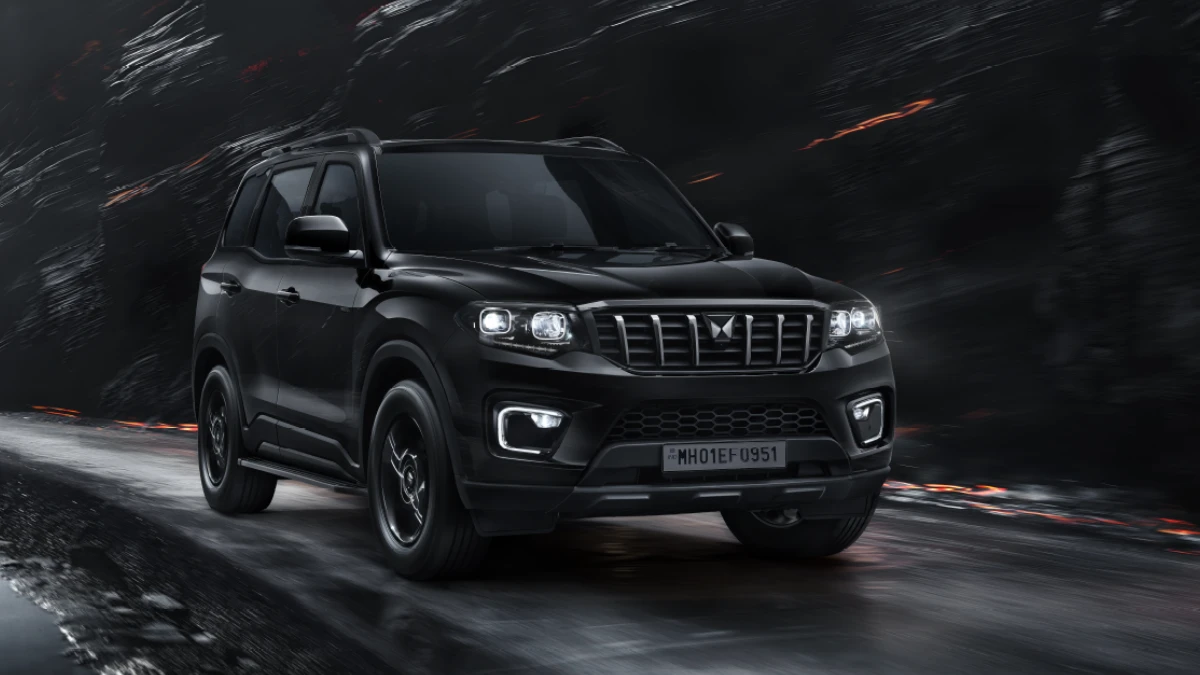I’m excited to talk about the Toyota Land Cruiser FJ — the compact, rugged “Baby Land Cruiser” Toyota unveiled in late October 2025. I followed the reveal closely and in this post I’ll walk you through what the FJ is, why it matters, and how it stacks up against tough rivals like the Mahindra Thar and Toyota Fortuner.
Design and underpinnings: small, simple, and built to work
When I first saw the Land Cruiser FJ, I noticed how Toyota kept the styling simple and purposeful. This isn’t a luxury SUV dressed up for the city. Instead, it’s a shorter, boxy body-on-frame SUV that leans into classic Land Cruiser cues.
Here are the key specs Toyota revealed at the October 2025 unveiling:
- Platform: Evolved IMV (body-on-frame) related to Hilux/Fortuner
- Engine: 2.7‑litre 2TR‑FE four‑cylinder petrol — roughly 161 hp and 246 Nm
- Transmission: 6‑speed automatic with part-time 4WD
- Dimensions: ~4,575 mm long × 1,855 mm wide × 1,960 mm tall, wheelbase 2,580 mm
- Seating: Two rows, five passengers
Those numbers tell us the FJ is positioned below the larger Land Cruisers and Fortuner in both size and likely price. The shorter wheelbase gives it a tighter turning circle — something you’ll enjoy off-road and in tight lanes.
Off-road focus and practical features
If you love going off the beaten track, you’ll appreciate Toyota’s approach. I like that the FJ is marketed as a proper off-roader, not just a lifestyle toy. Toyota claims approach angles, ground clearance, and wheel articulation are comparable to the old 70‑Series — that’s serious talk.
The FJ includes several practical touches I think buyers will love:
- Removable front and rear corner bumpers for low-speed approach and easy repair
- Externally mounted spare for simple access and better underbody protection
- MOLLE panels and accessory-fitment points for rooftop tents, recovery gear, and jerry cans
- Part-time 4WD and a durable body-on-frame layout
These features make the FJ feel like a tool first — and a comfortable SUV second. For many buyers, that practical focus is more important than a glossy interior.
How the FJ stacks up vs Mahindra Thar and Toyota Fortuner
People keep asking me: can the FJ beat the Mahindra Thar and Fortuner? The short answer is: it depends on what you value. Below is a quick spec snapshot that shows where the FJ sits in the market. Note: I list a few numbers as approximate for local models.
| Model | Length (mm) | Seating | Engine (typical) | Notes |
|---|---|---|---|---|
| Toyota Land Cruiser FJ | ~4,575 | 5 | 2.7L petrol, ~161 hp / 246 Nm | Body-on-frame, strong accessory kit, planned 2026 rollout |
| Mahindra Thar | ~3,985 | 4–5 (compact) | Petrol/diesel options (varies by market) | Popular rugged lifestyle SUV in India |
| Toyota Fortuner | ~4,795 | 7 (three rows) | Diesel/petrol options (stronger outputs) | Bigger, more family-focused and premium than FJ |
From this table you can see the FJ sits between the compact Thar and the full-size Fortuner. It’s longer and more refined than the Thar, but smaller and more affordable than the Fortuner.
Why the FJ could “beat” the Thar: the FJ carries the Land Cruiser badge, which means perceived reliability, global dealer support, and a broader spare-parts network in many markets. If Toyota offers local-friendly engines and pricing, buyers who want a rugged lifestyle SUV may choose the FJ over the Thar for brand trust and resale value.
Why the FJ won’t replace the Fortuner: the Fortuner is a different class — three rows, higher towing capacity, and typically stronger diesel engines in many markets. The FJ is meant to be a complement, not a replacement.
Launch plan, markets and what to expect on price
Toyota revealed the FJ in late October 2025 and plans to start sales in Japan around mid‑2026, with a phased rollout to other markets. Production is reportedly centred in Thailand for now. Importantly, Toyota has said there are no current plans to sell the FJ in North America, and early coverage suggests Europe may not be prioritized at launch.
That means the FJ will first target Asia, Southeast Asia, and markets where compact body-on-frame SUVs sell well. If you live in India, ASEAN, or Australia, there’s a good chance you’ll see the FJ in showrooms. If you’re in North America, it’s not looking likely at the moment.
On price, Toyota hasn’t published official figures. Based on target positioning, I expect the FJ to be priced below the Fortuner and above basic pick-up-based conversions. Toyota likely wants it to be seen as affordable for enthusiasts who want a reliable, well-supported off-roader.
Real-world example: a buyer’s view
Let me give you an example. Imagine you’re a weekend adventurer who lives near a national park. You want a vehicle with real off-road ability, a simple cabin that won’t be ruined by mud, and good dealer support. The Mahindra Thar is a strong candidate, but if the FJ arrives with similar pricing and the Toyota service network, I’d pick the FJ for long-term reliability and parts availability. That practical advantage is what could swing buyers.
Analysts have also pointed out that if Toyota offers a diesel option or a torquier local engine in some markets, the FJ’s appeal will grow even more. For now, the JDM reveal specifies the 2.7L petrol 2TR‑FE and a 6‑speed auto.
Also Read: Kawasaki Launches 2026 Z900 with 948cc Engine and 125hp Power!
Final Thoughts
I’m impressed by what Toyota has shown so far with the Toyota Land Cruiser FJ. It’s a clear, honest attempt to give buyers a compact, durable Land Cruiser experience without the size and cost of larger models. If you value off-road ability, simple practicality, and Toyota’s reliability, the FJ deserves a close look.
Key takeaways:
- The FJ is a smaller, body-on-frame Land Cruiser revealed in October 2025, with a planned rollout from mid‑2026.
- It uses a 2.7L 2TR‑FE petrol engine (~161 hp / 246 Nm) and part-time 4WD, and focuses on real off-road capability.
- Positioned below the Fortuner and as a rival to rugged lifestyle SUVs like the Mahindra Thar, it could win buyers with brand trust and dealer support.
If you want, I can pull a one‑page spec comparison tailored for India or ASEAN, or I can keep tracking Toyota’s export plans and pricing updates and send you fresh notes as they appear. Which would you prefer?
